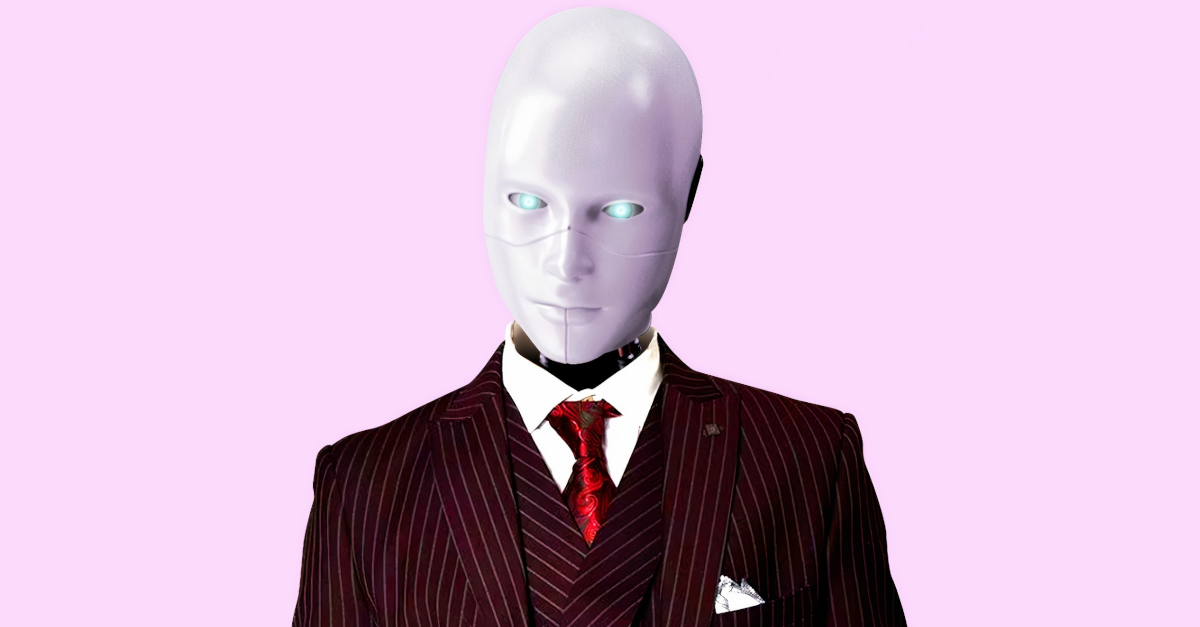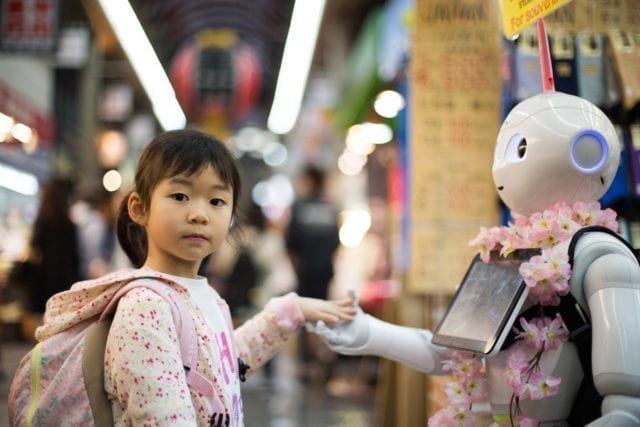
What Is the Uncanny Valley – The Good, The Bad, The Ugly
Today, we are going to look at the Uncanny Valley. But it’s not just the oddities that come with this sensation we will examine. We will also explore what it tells us about how we connect to each other.
Back in 1995, Pixar was the first company to use all-computer-animation techniques in a feature-length movie. Since then, they have continually refined their techniques into mind-boggling creations – right down to entire programs to control hair movement. With all these advancements, there’s isn’t a media company that doesn’t embrace the medium on some scale.
We definitely have the tech to create life-like characters. But even the huge power-houses like Pixar still stay within the realm of cartoons? The answer is the topic of this post.
WHAT IS THE UNCANNY VALLEY
The Uncanny Valley is a theory that came from Masahiro Mori, a Japanese roboticist who worked in the fields of robotics and automation.
He came up with the idea in 1970 after he noticed a positive correlation between the way humans develop a greater connection and affinity for artificial humans the more realistic they looked.
But when these artificial humans reached the point of looking almost perfect, there was a steep drop in our connections and empathy toward them. Our first reaction might be to see them as human, but we quickly notice differences. This is what causes a disconnect between the realness of the artificial human and our expectation of a truly human form.

For example, when we look at an industrial robot that looks nothing like a human, we feel little to no connection to it. But when we interact with a cute child’s toy that looks like a humanoid robot, we might feel basic emotions and form shallow bonds.
If that sounds crazy, just think of C-3PO. Any Star Wars fan would say they could easily create a friendship with this protocol robot. His voice and other traits bring him close enough to being human that we can make a connection.
However, if we come across a very realistic robot, but one that was unable to move its eyebrows or form familiar facial expressions when speaking, we would feel strange interacting with it. When what we see doesn’t meet our expectations, we feel an uncomfortable disconnect.
UNCANNY VALLEY: THE GOOD, THE BAD, AND THE UGLY
There are plenty of examples of human lookalikes. We find them in movies and television, serving food, or patrolling shopping centers alongside other law-enforcement agents. Here are some examples across the spectrum, from feel-good friends to utterly cringeworthy.
THE GOOD – WE FEEL A CONNECTION
As mentioned above, Pixar has a special way of creating unique animated characters with just enough human traits to help us form strong emotional connections. But they are cartoony enough to keep them well away from the Uncanny Valley.
One heart-warming (and heart-breaking) example is from the animated film Up. The first ten minutes of this film create one of the most emotional experiences in all of modern cinema. But, how does Pixar create these characters so the audience can connect to them?
Part of what makes them so relatable without becoming off-putting is the over-exaggeration of facial and body features such as large noses and eyes, overly squared or rounded facial structures or head-to-body ratios that are cartoonishly inaccurate.
By creating these characters in this way, they allow us to view them as non-humans doing humanlike things. We often find appealing, similar to how we anthropomorphize animals or objects that look or act in ways we typically understand as ‘human.’
THE BAD – TRYING TOO HARD AND GIVING THE WILLIES
Not all examples are found in film and pop culture. There is a growing trend of trying to create human-like robots to use in offices and other public spaces – with the goal of interacting with humans. One example of this is the Actroid robot created by the Japanese firm Kokoro Company Ltd.
As you can see, this android is aiming to be very human. It has typical body ratios, natural-looking facial structure, and clothing that would be appropriate for someone to be wearing in a similar situation. But despite the goal of looking real, it’s gone too far and fallen into the edge of the Uncanny Valley.
THE UGLY – HUMAN FAILS THAT ARE CRINGEWORTHY
Actor Tom Hanks is no newbie when it comes to voicing animated characters in films. But not all of his films have received the same warm welcome from critics and fans. One example is the 2004 animated Christmas movie The Polar Express.
Though this movie was given high praise for its overall visual appeal and unique story, many who saw it left the theatre with an uneasy feeling. These waxy characters that failed with every micro-movement were terribly off-putting and a perfect example of the lowest point of the Uncanny Valley.
WHY DO WE REACT SO STRONGLY?
When humans interact with each other, we don’t merely interact using spoken words. We also read each other’s body language and facial expressions for additional clues and context.
For example, if someone says, “I am so excited,” this could mean several things based on the context. We could understand it as authentic excitement if the person says it with:
- a slightly high-pitched tone
- raised eyebrows
- a slight flush in the cheeks
But if the same person says the same thing with:
- a deeper, slower tone
- slight downward turn at the corners of the mouth
- a slight slouch in their spine
It might be a sign that what they are saying is sarcastic. When we interact with human lookalikes that are cartoonish, we can expect to skip the micro-movements and subtle clues and read into the more obvious things like tone. When we don’t get these micro-clues from super-realistic versions, we don’t like it at all.
IS THE UNCANNY VALLEY ALWAYS THE SAME?
As demographics change across the globe and the average age of populations continues to increase, especially in industrialized nations, there is an increasing interest in using robots to provide services and act as caretakers to the older generation, freeing up more of the younger generation to enter into the workforce.

With this push comes interesting questions about how the Uncanny Valley affects people from different age groups.
At least one research project has found that while the Uncanny Valley Effect is prevalent among younger and middle-aged adults, those in the older cohorts did not show the same negative reaction to humanlike robots. In fact, they actually preferred interacting with robots that appeared more human.
CONCLUSION
The idea of having robots to help us throughout our lives is not a new one. Cartoons such as The Jetsons, which aired for the first time in 1962, were already toying with the idea of robot helpers to do all manner of tasks around the house.
Today we are closer than ever to fulfilling this dream. We have digital assistants in the form of Siri and Alexa, we have cars that can drive themselves (at least under specific circumstances), and we even have robotic security guards.
But as these digital helpers become more advanced, we are starting to enter into the realm of the Uncanny Valley, and we must tread carefully if we want people to feel comfortable with these new additions to public life.












